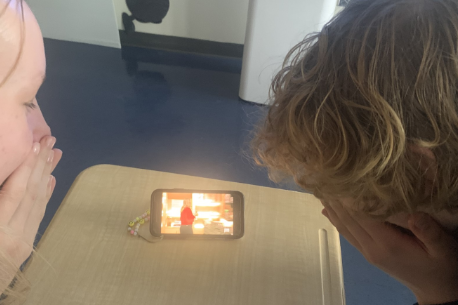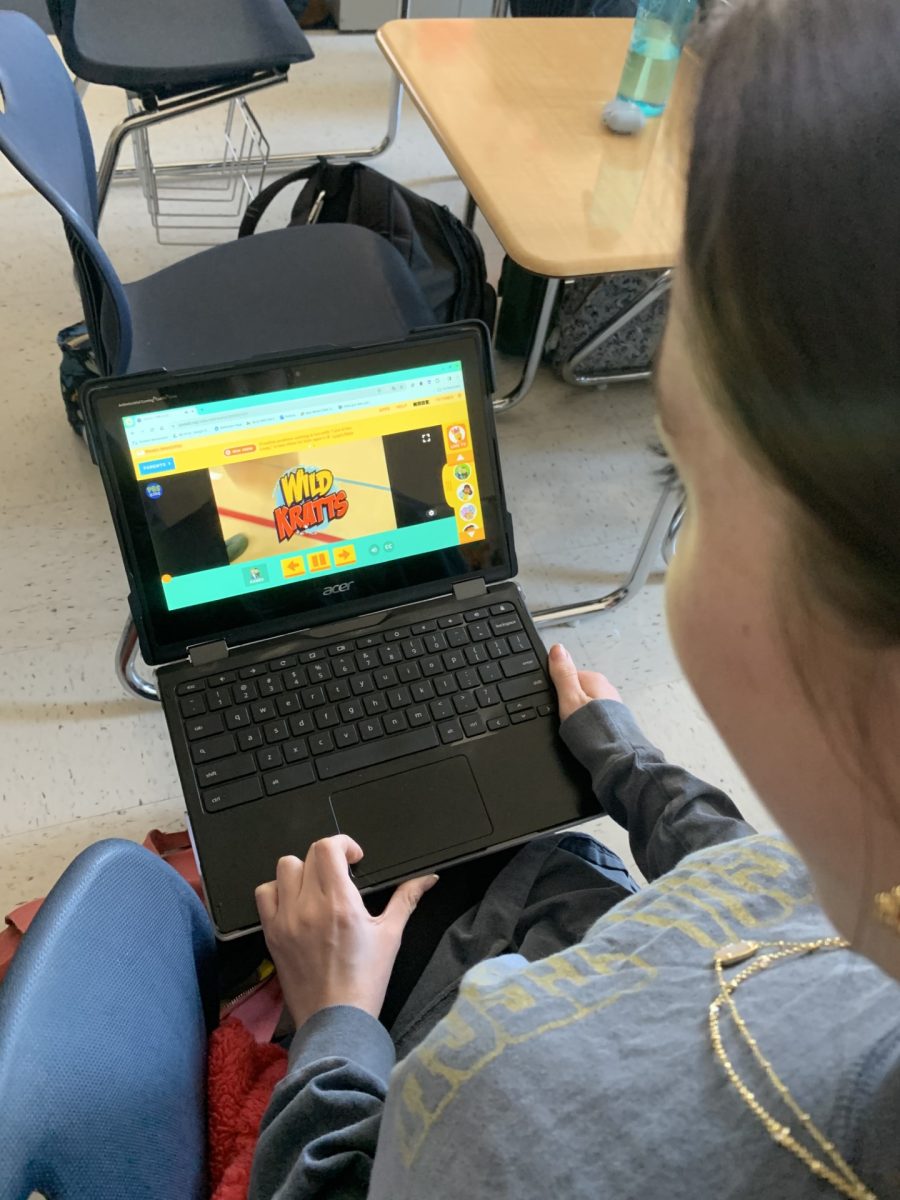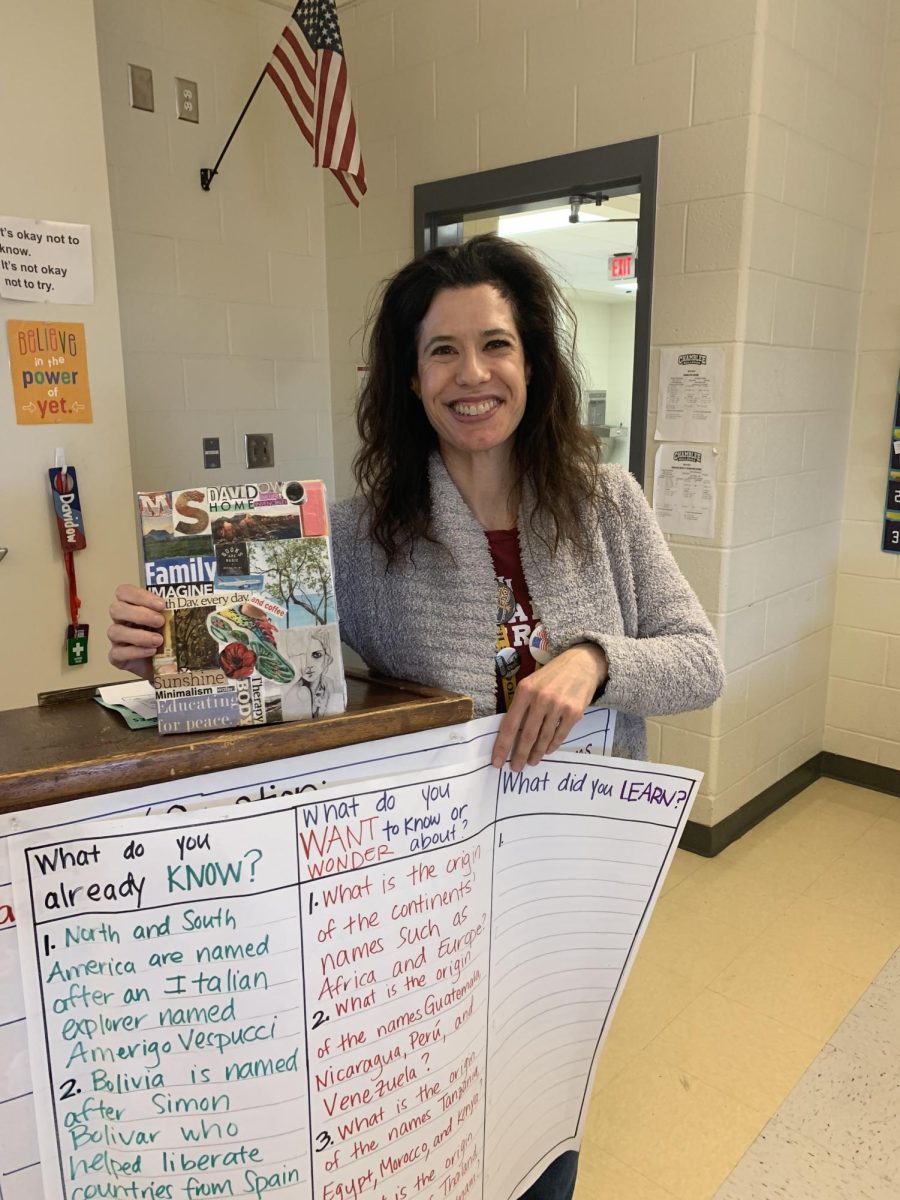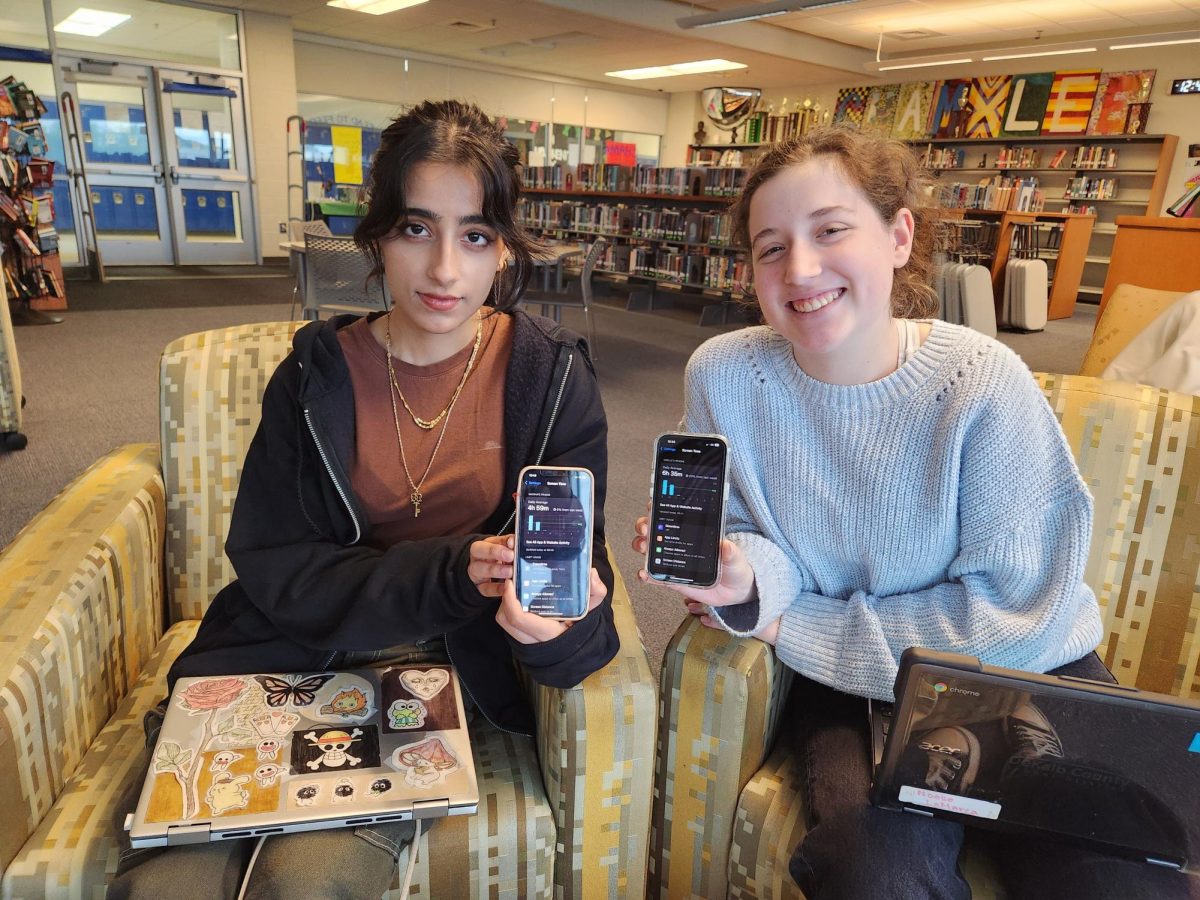On August 19, 2021, an ESOL student (‘24) who wishes to remain anonymous moved to the United States from the country of Bangladesh. Overwhelmed by the new culture and struggling to adjust to a new school, they found themself feeling like an outsider.
“Instead of a welcoming embrace, I found myself isolated, battling depression, and questioning the allure of the American dream,” said an ESOL student (‘24) who wishes to remain anonymous.
Many teachers encourage their students to get involved with different activities available at Chamblee.
“I think a lot of our students don’t feel as connected to the school for a myriad of different reasons, [one being that] their parents [may not] speak English. It is hard to move somewhere where [the culture] is completely different from what you know,” said Angela Hornsby, an English to Speakers of Other Languages (ESOL) teacher at Chamblee.
Learning English as a second language is difficult and stressful for many students moving to the United States from different countries.
“When starting to learn English, I faced challenges with pronunciation and grammar which I am still struggling with. Overcoming shyness when speaking was also difficult since I only understood a little. However, constant practice has helped me improve my English,” said Evelyn Yarisa Perez Molina (‘26).
The ESOL program at Chamblee strives to educate foreign students on the many aspects of American language and culture. Hornsby explained that students do assignments in either their home language or English, depending on which they are more comfortable with. Teachers speak in English to their students for the most part, going slower and using repetition to make it easier to understand.
“We don’t just teach content, we teach language. Because language is so pervasive, and everybody uses language all day, every day, there are a lot of different elements that we can touch on. So we teach a lot about culture as well. We can make connections between all kinds of different things,” said Hornsby.
Learning a new language is challenging and requires constant practice and persistence. Students have encountered challenges while learning English.
“English has been very difficult to learn. I’ve had many factors hindering my ability to learn, such as the lack of practice, problems with nervousness, and fear of making mistakes,” said an ESOL student (‘27) who wishes to remain anonymous.
Hornsby is proud of the efforts that Chamblee has made to be inclusive of all students, saying that the multitude of programs that it provides has striven to make sure that all students have a voice.
“I have been really happy with the outpouring from the teachers trying to get the students involved. I love [that] they were doing the Latin connections where parents could come in and speak Spanish and be able to be surrounded by other Spanish speakers. I think Chamblee is actually doing a really good job,” said Hornsby.
However, some ESOL students find that Chamblee’s efforts to be considerate of ESOL students have fallen short.
“While Chamblee may be inclusive to some people, it doesn’t feel like that to me. Not everyone fully understands the challenges faced by those who speak different languages,” said an ESOL student (‘24) who wishes to remain anonymous.
Students graduate from the ESOL program once they have scored a score of at least five on the ACCESS, a test assessing proficiency in the English language. ESOL teacher Miriam Davidow feels great pride when her students have learned more English.
“When finally something clicks [for the students], or they can start speaking to me in English—even if it’s just asking to use the restroom—that makes me happy,” said Davidow.
Some ESOL students might be afraid to interact with others and greatly appreciate small acts of kindness like being included and talked to.
“I want to encourage everyone to be kind to ESOL students, especially those who are new. If you see someone alone, invite them to join your friend group or ask if they would like help, because they might be afraid to ask,” said an ESOL student (‘24) who wishes to remain anonymous. “Every student has their own story, and you might not know how much they’re dealing with and how they have adjusted to the new culture. Your small acts of kindness could mean a lot to them.”





















Nazif • Dec 18, 2023 at 11:19 am
Its a long-long way we’ve came through and a long-long way to go. Best of luck to all the ESOL students!!
Elizabeth Avett • Dec 13, 2023 at 2:23 pm
A terrific reminder to be kind every day!